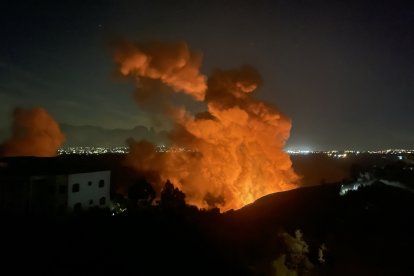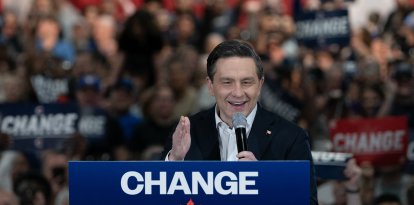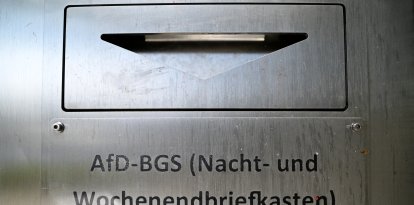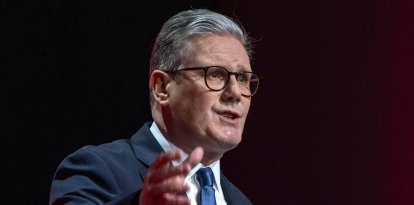How Israel was able to take down Hezbollah's top leader
The Israeli airstrike that took out Hassan Nasrallah was the result of months of operational planning and a series of carefully timed explosions.

A cloud of smoke at the site of an Israeli airstrike in southern Lebanon.
In an unprecedented move, Israel was able to assassinate Hassan Nasrallah, the influential leader of the Hezbollah terrorist group, in a subway bunker located more than 18 meters (60 feet) beneath a bustling south Beirut neighborhood. This strike was executed through a meticulously planned airstrike that required approximately 80 tons of bombs.
A meticulous strategy
According to a The Wall Street Journal report, the airstrike was the result of months of planning. Senior Israeli military commanders developed a strategy to perforate the subway bunker through a carefully timed sequence of explosions, where each detonation was designed to pave the way for the next. A key element of this operation was Israel's real-time intelligence, which made it possible to know the exact moment Nasrallah would be in the bunker.
"We had real-time intelligence that Nasrallah was gathering with many senior terrorists," said an Israeli military spokesman, Nadav Shoshani.
The report detailed that Nasrallah and several senior Hezbollah leaders were meeting in the bunker to discuss their frustration at limitations imposed by Iran, which had restricted the group's ability to respond more forcefully to Israeli attacks.
Prime minister's approval
Israeli Prime Minister Benjamin Netanyahu, who was in New York to attend the U.N. General Assembly, approved of the attack during a speech in which he warned of the threat posed by Hezbollah to Israel's security.
"What it says is that Israel is serious about stopping this persistent threat from Hezbollah, and they’re willing to accept a lot of risks of doing it," said Joseph Votel, a retired four-star general and former commander of U.S. forces in the Middle East. "The weight of the strike was designed to ensure they had the greatest chance of being successful in killing Nasrallah."
Impact on the terrorist group
Nasrallah's death leaves a significant vacuum at the top of Hezbollah, the world's most heavily armed non-state group. The assassination follows a series of targeted eliminations of Hezbollah leaders, further destabilizing one of Iran´s crucial allies in the region. Lina Khatib, director of the SOAS Institute for the Middle East, stated that this attack "opens the door to a new era" in which Iran's influence could be considerably weakened.
RECOMMENDATION





















